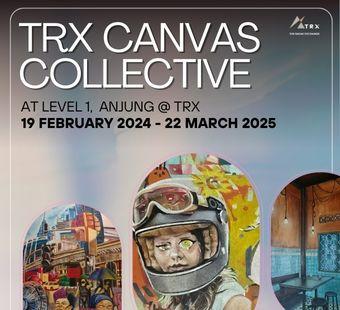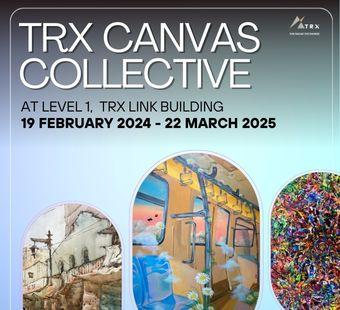Kuala Lumpur, home to 1.9 million residents, with another 6 million staying in its greater areas, is known as one of the most liveable cities in Asia. This is partly because it is also one of the greenest capital cities in the world, with 30 percent made up of green space. This puts KL on par with London, and surpassing New York, Paris, Tokyo and Shanghai!
Green pockets everywhere
Kuala Lumpur’s green spaces includes parks and recreational grounds, residential and cemetery gardens, landscaping, street trees and urban forest reserves. Especially popular are the many, easily accessible public parks and forest reserves that offer all kinds of recreational activities. Take your pick from leisurely boating on a quarry turned lake, to feeding ducks and goats at an urban farm, to kite-flying over what was once a rubbish dump, to professional mountain biking in a protected jungle.
Most iconic is perhaps KLCC Park, a 50-acre green lung adjacent to the famed Petronas Twin Towers. You’ll find approximately 1,900 indigenous or localised trees and palms, planted to encourage biodiversity. Some 40 trees were even preserved and transplanted from the former Selangor Turf Club.
Just two kilometres away, is the KL Forest Eco Park, which encompasses the Bukit Nanas hill crowned by the KL Tower. Gazetted in 1906, it is one of Malaysia’s oldest permanent forest reserves. Here, visitors stroll among soaring trees via the elevated canopy walkways, enjoying the verdure alongside gorgeous city views. The more adventurous can tackle the many trails and slopes.
Jason Tan, a Kuala Lumpur resident, is a regular here: “We come with our two children almost every week. Despite being in the city, I’d like my kids to grow up knowing and loving the outdoors!”
And that’s just the beginning. KLites can visit a different park in the city centre every weekend of the month. Taman Tugu, Perdana Botanical Gardens, Taman Dusun Bandar, and Titiwangsa Lake Gardens are all located less than a 10-minute drive from the city centre. And coming soon is the 10-acre TRX city park, the first largescale urban green public space to be constructed since KLCC Park.
A million trees
Parks are just the most obvious green spaces in Kuala Lumpur, as greening initiatives continue apace with urban development. In fact, green coverage in the city has actually increased in recent years.
Current requirements demand that any new development must include at least 10 percent of green space, while the National Landscape Policy by the Ministry of Housing and Local Government also obliges every development be accompanied by continuous monitoring and careful administration to ensure minimal impact on nature and preserve green spaces for future generations.
More recently, the Malaysian Greening Programme kicked off this year, based on the concept of an “urban forest and flowering city”. A total of 1 million trees will be planted in the Federal Territories of Kuala Lumpur, Putrajaya and Labuan, over the course of 5 years. This could produce 117 tonnes of oxygen, and reduce 22 tonnes of carbon dioxide a year.
This initiative ensures sustainable development, helping to maintain natural resources with the goal of making these Federal Territories low-carbon, green cities. Among the trees to be planted include famous varieties, such as the Flame of the Forest and the Tecoma, which received a huge amount of viral attention due to its photogenic beauty when in full bloom, earning the nickname of ‘the Malaysian Sakura’.
Beyond mere greenery
However, the greening of Kuala Lumpur is more than planting trees; many initiatives have been made to transform the city into a world-class sustainable city by 2026.
A great example of commitment to sustainability goals is Wangsa Maju Section 1’s selection as KL’s first-ever zero-carbon township, with an emphasis on green technology.
During his keynote speech at the 12th World Class Sustainable Cities conference, the Mayor of Kuala Lumpur, Datuk Seri Mahadi Che Ngah stated: “By promoting the use of public transportation and electric vehicles, Wangsa Maju will undoubtedly become a thriving, prosperous and liveable centre.
“We have also taken the initiative to increase the installation of solar PV systems on Kuala Lumpur City Hall (DBKL) buildings and facilities.”
Initiatives such as these build on the momentum from earlier environmental and urban greening efforts, such as the River of Life (RoL). RoL started in 2012 as a way to rejuvenate the Klang River, which previously was known for all the wrong reasons, like murky waters, sewage and flooding.
Led by the Ministry of Federal Territories, in partnership with the Department of Irrigation and Drainage, DBKL and various NGOs, the river underwent a cleaning exercise stretching 110 kilometres, alongside other beautification measures, such as a spacious and comfortable promenade, replete with landscaping, pocket parks and elegant street furniture. There is even a 10.7km bicycle lane all the way from Gombak to Mid Valley.
“The river corridor not only connects local communities with the river, but also enables them to stay fit,” said Dalilah Bee Abdullah from DBKL.
In January 2020, RoL’s Masjid Jamek section was named one of the world’s top 10 waterfront districts by British news portal, The Independent.
---
Photo credit:
Slider 2: https://www.1zoom.me/en/wallpaper/587692/z2782.1/4501x3002








